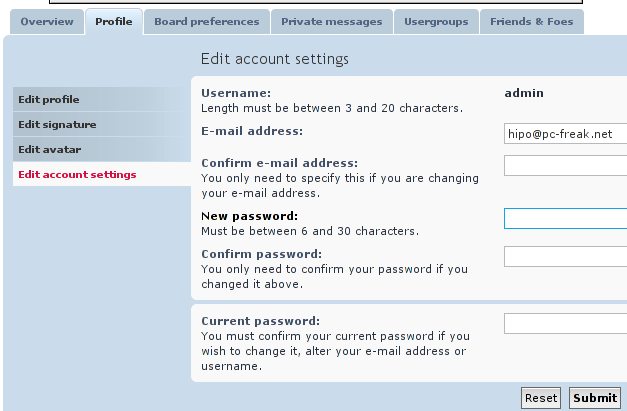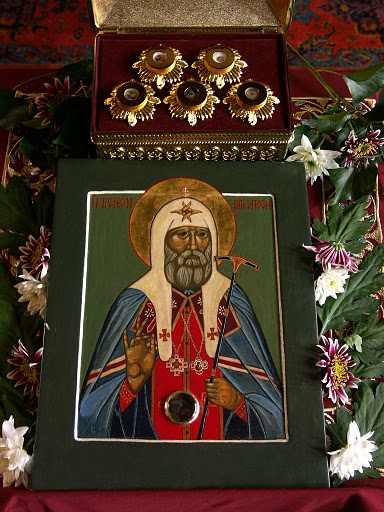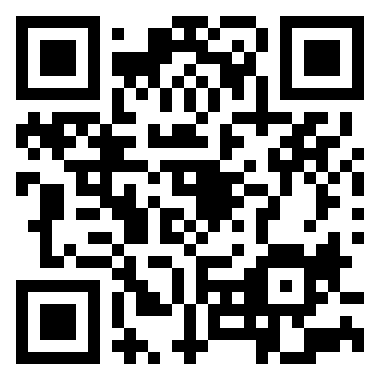These days as Bulgaria and Romania are the newest members of the European Union, there is a lot of discussions and talks which talks about the next stage of assimilation of EU of a new country member.
These next stage the entry of Schengen free border zone gives a countries member more rights throughout the free movement of goods and especially the movement of people within the European Union borders.
But is really the full entrance of the European Union is an innocent thing?
Many people nowdays and especially the media, almost always talks positive about the European Union, the European Parliament and of course Schengen.
These of course is a public farse, since people are being diluted to belief that the European Union is a great union with only positive influence on the member countries economy.
Is it really the case? As Schengen is a major thing discussed nowdays in Bulgaria I spend some time in a quick research what in reality is schengen?
Publicly it’s being announced that in order to enter Schengen the member country has to match certain anti-corruption criterias, only then it can enter the Schengen contract agreement.
Yes entering schengen is actually the acceptance of the EU country members’s agreement to share information freely in between.
This includes information about the citizens, information from CCTV – the Collective Circuit Television as well as information between country states police stations.
The way schengen is explained in the news however defers a bit, most of the people know about schengen as something that will let a member country to remove it’s border police and thus give more freedom to the people.
But is that really true? Of course not. The question comes how will then criminals be tracked if there are free borders passing by, like it is currently in 25 of the member countries from 27.
It’s very simple CCTV comes at hand, for those who doesn’t know what is CCTV let me give you a brief explanation. CCTV is a centralized network of cameras for surveilence, throughout Europian Union.
It’s primary goal is to track criminals, bank robberies, anti-social behaviour you name it.
On the upper layer this sounds very tempting, since it will help us find corruption and therefore reduce level of corruption, that’s right and I have to admit from that angle the CCTV is a great tool to strengthen security.
Nevertheless it’s important now to see over CCTV from a bit of other perspective, what if CCTV is used for massive espionage (company, government, people) spy?
What if somebody insane like Hitler one day heads up the peaceful democracy order of the European Parliament?
The control over people and the break in personal life is constantly growing with an excuse of doing good for improving security, that is clear for sure.
As with everything new only the positive sides of technology helping us grow is being presented, the negative consequences are always hidden away as it was from the beginning of civillization I believe.
Now let me go back to the topic what is Schengen?
Apparantly there is a technological side which makes Schengen a success, so what it is is?
Is there a certain EU administrative body which takes advantage of Schengen?
The answer is yes there is and it’s called Europol or European Union Police, remember the famous Interpol? Can you think about some similarity, I believe it’s quite similar as an idea.
This of course in a long term is a scary thing, having a centralized police is quite a dangerous thing especially if it’s ruled by a specific malicious people, let’s say similar to Hitler, Stalin or their governments.
To become a reality Schengen has been made official through two agreements.
1. The first agreement, the Agreement on the gradual abolition of checks at the common borders, was signed in 1985 and was above all a declaration of intent by the five governments.
– The agreement provided for a number of short-term and long-term measures to be taken in order to guarantee free movement across of internal borders.2. The second agreement, the Convention implementing the Schengen Agreement, was also signed in the town of Schengen on 19 June 1990 and provided for a number of countervailing measures which were meant to prevent that the abolition of border controls would lead to criminal impunity.
To make this agreements work out an information system was built called:
Schengen Information System or as shortly referred SIS
The Schengen Information System contains alerts of wanted individuals and objects from all participating countries. Using this common database, the countries’ authorities can gain access to alerts from other participating countries, along with information about the action that has to be taken against the wanted individual or object
According to public information the following information about ihnabitants of all 25 member countries is stored in Schengen information system:
* First and last names; middle initial
* Possible objective and permanent physical characteristics
* Date of birth
* Birthplace
* Sex
* Nationality
* Any aliases they may be using
* Whether the person in question was armed and/or violent
* Reason for the alert
* Action to be taken if person encountered
* Lost, stolen, or misappropriated firearms alert
* Lost, stolen, or misappropriated identity documents alert
* Lost, stolen, or misappropriated blank identity documents alert
* Lost, stolen, or misappropriated motor vehicles alert
* Lost, stolen, or misappropriated banknotes alert
As it can be seen from the list, mass profiling of individuals who live in the bborders of the European Union and part of Schengen is at hand.
This according to me is a breach of privacy and thus restricting human’s basic right of freedom behind people’s back.
This of course right now is just a first step that the EU makes as an attempt for a global data mining about the inhabitants of it’s mega-state.
Further on I’ve found out by europol’s website the following information about SIS’s information about individuals storage:
These are the categories of people that can be described in the SIS:
* individuals wanted for extradition;
* third-country nationals declared
* ineligible to enter national territory;
* individuals who have disappeared and who are wanted;
* individuals who are being traced
* as part of legal procedures;
* individuals who must be monitored
* discreetly or controlled specifically by the police.
Besides
individuals, the following objects can also be listed in the SIS:
* vehicles to be controlled and to be confiscated;
* firearms;
* identity documents;
* issued or blank travel documents;
* banknotes.
As you can see the list of things stored in the Schengen Information System is really huge, and the possibilities it’s just an entry door to know about people within the European Union under the excuse that it’s all about business’s good.
In the most modern Western Countries, situation is even worsers as I’ve learned from a friend of mine,
the Mobile Phones in Switzerland are being tap lined and recorded as well as semantic analysis of the speech is being applied, by IT equipment
For instance if you use some keynote words like drugs Marijuana , Heroin etc. too often you might be suspected easily that you’re a drug dealer and the police can come and knock on your home’s door quite quickly.
If this was the only appliance of these technology it would be fine, but we never know what the further appliance will be.
It’s interesting to mention here also what is a SIRENE Office .
SIRENE Office‘s explanation I will directly include here from police-eu2010.eu’s website:
The Belgian SIRENE office is part of the federal police directorate of operational police information.The SIRENE office is charged with the input and follow-up of the Belgian alerts which are entered into the SIS. The office also stays in touch 24/7 with the other SIRENE offices in order to exchange information on wanted individuals and objects.
This means that there are a server points where all the data about country inhabitants is stored and transferred to a central location Belgium !
I would like to ask why all the data from Schengen containing all information concerning European Union citizens is being transferred to a central location in Belgium?
What if a hacker hacks into this location and obtains all the information about ALL PEOPLE IN EUROPE from that system and uses it for EVIL purposes?
Information is power in our century and many people especially the people in the highest positions of society knows it very well.
Further on what if the central SIRENE Office local for a member country is being hacked and the data concening a country’s ihnabitans is being stolen by a hacker?
This data can be used for instance to steal money from possible bank accounts, make a fake identities, lie to authorities in many forms, the list is endless …
What is even worser is that currently a SIS2 has been developed to replace the old SIS – Schengen Information System
These new system’s primary goal is to allow more information and different type of objects of information to be integrated with the information from SIS this means even more data mining for EU inhabitants will happen in the future.
These of course is the publicly presented information about Schengen’s information system in reality there could be even more precise ways that aims the SIS system to track people and capitals’s movement.
Therefore having in consideration all of the above information I believe it’s not beneficial for Bulgaria and Romania to enter the Schengen agreement.
Moreover as it’s seen by many countries who have accepted the Euro and exchanged their own country currency the Euro has destabilized the country’s economies and had made the rich countries living standard to lower down.
I hope more people and posts like mine will emerge in an attempt to warn people about the fallacies of integration of tracking of people and capital via information systems.
To close up all this post, I’ll just mention about the rule in mathematics which claims that the more complex one system is the higher the probability for a failure is present.
This comes because of the increased of points of failures.
Today world as we build shows us in practice the consequences of this ruled explained, even the economic crisis which is so-severe for quite a time is caused pratly because of this rule.
We people have build up systems to guarantee honesty, but on individual levels many of us has acted dishonest and found a way to get around the system.
It will be always like that and the curve of sin that humanity commits will be in exponential growth, with the increase of external phisycal rules & regulations and systems we as humans adopt.
The only way to really stop corruption is to stop lying and doing it, individually, then the corruption will be gone and the need for systems to prevent corruption will be obsolete.







